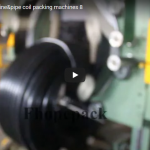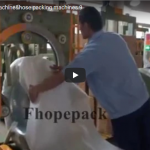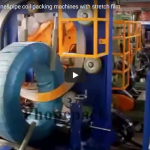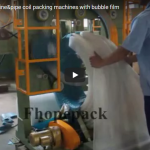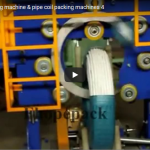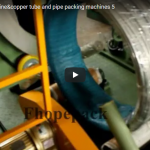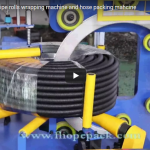Automatic Reel and Pipe Packing Machine and Hose Wrapping Machine is a type of equipment used in the packaging industry to wrap and pack reels, pipes, and hoses. This machine is designed to efficiently and effectively wrap the product with a stretch film, creating a tight and secure seal.
The machine works by automatically feeding the product onto the wrapping conveyor. The film is then dispensed and wrapped around the product, pulling it taut with the tension rollers as it rotates. The machine can be programmed to adjust the tension and speed of the wrapping process to suit the specific product being wrapped.
One of the primary advantages of using the Automatic Reel and Pipe Packing Machine and Hose Wrapping Machine is its versatility. The machine can handle a variety of reel, pipe, and hose sizes, making it a valuable tool for companies that deal with multiple products. Additionally, the machine ensures that the product is wrapped consistently and uniformly, reducing the risk of damage during transportation or storage.
The machine is also designed to be user-friendly and easy to operate. The touch screen interface allows operators to easily program and adjust the wrapping process, while the safety features ensure that operators are protected from harm during operation.
Overall, the Automatic Reel and Pipe Packing Machine and Hose Wrapping Machine is a reliable and efficient solution for the packaging industry, offering automated and high-quality wrapping for reels, pipes, and hoses.
https://www.fhopepack.com/Hose-packaging-machine/
info@fhopepack.com
